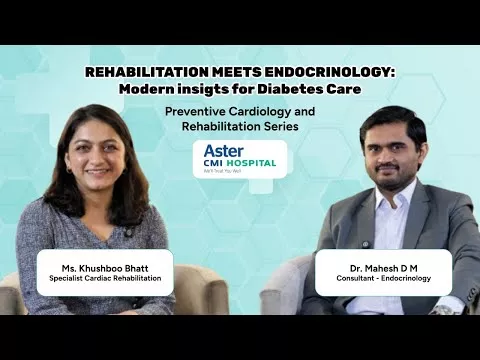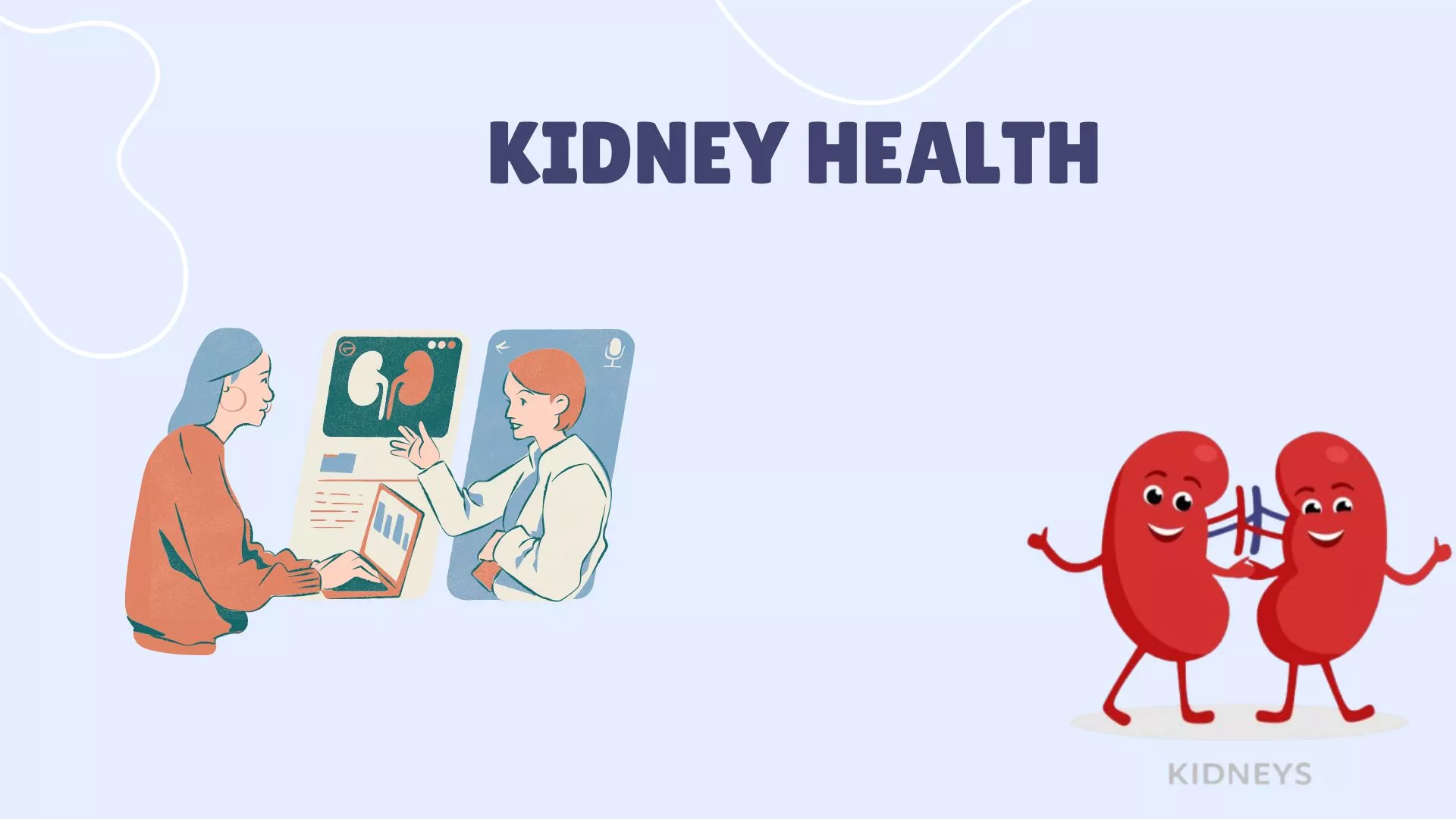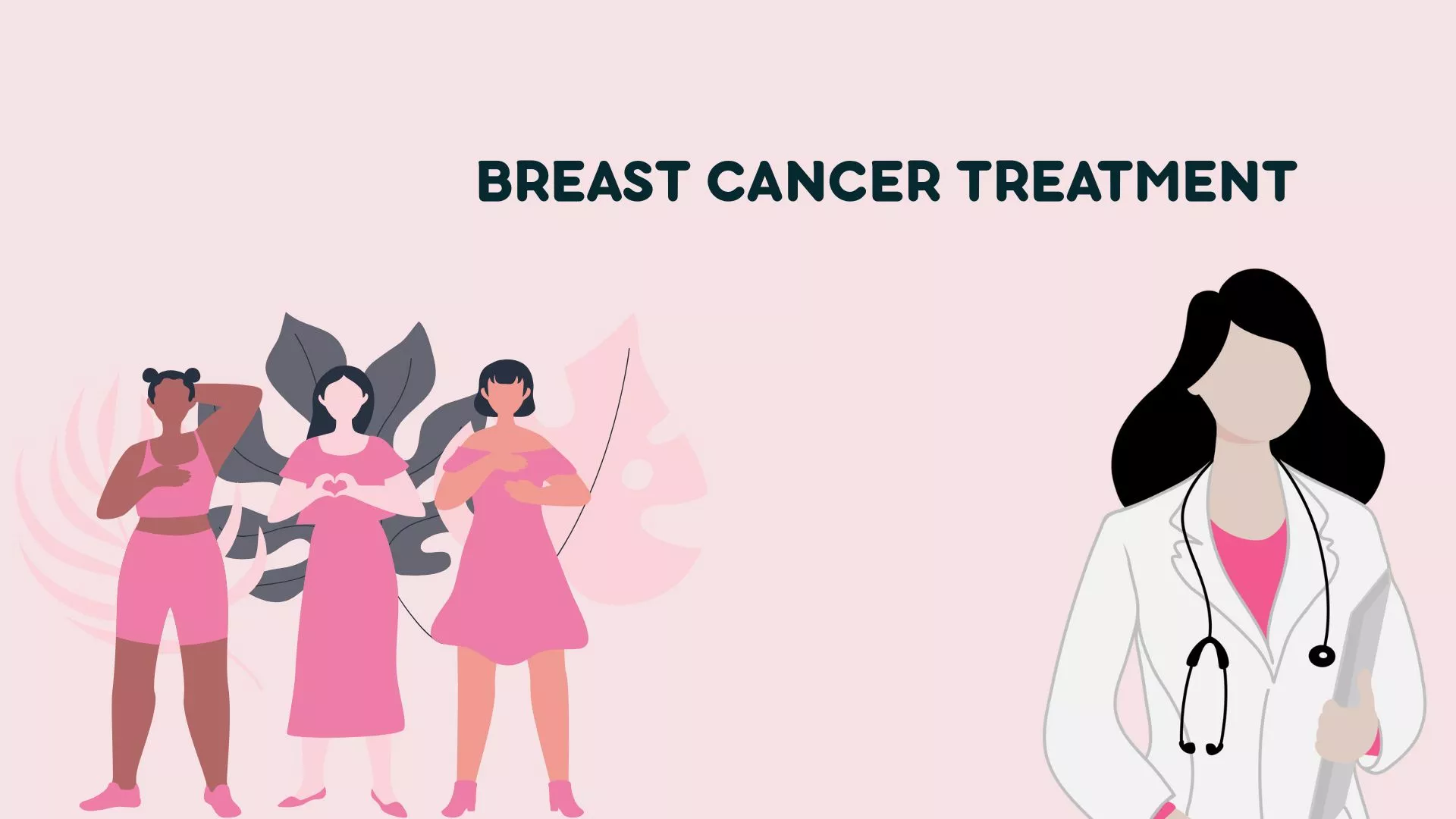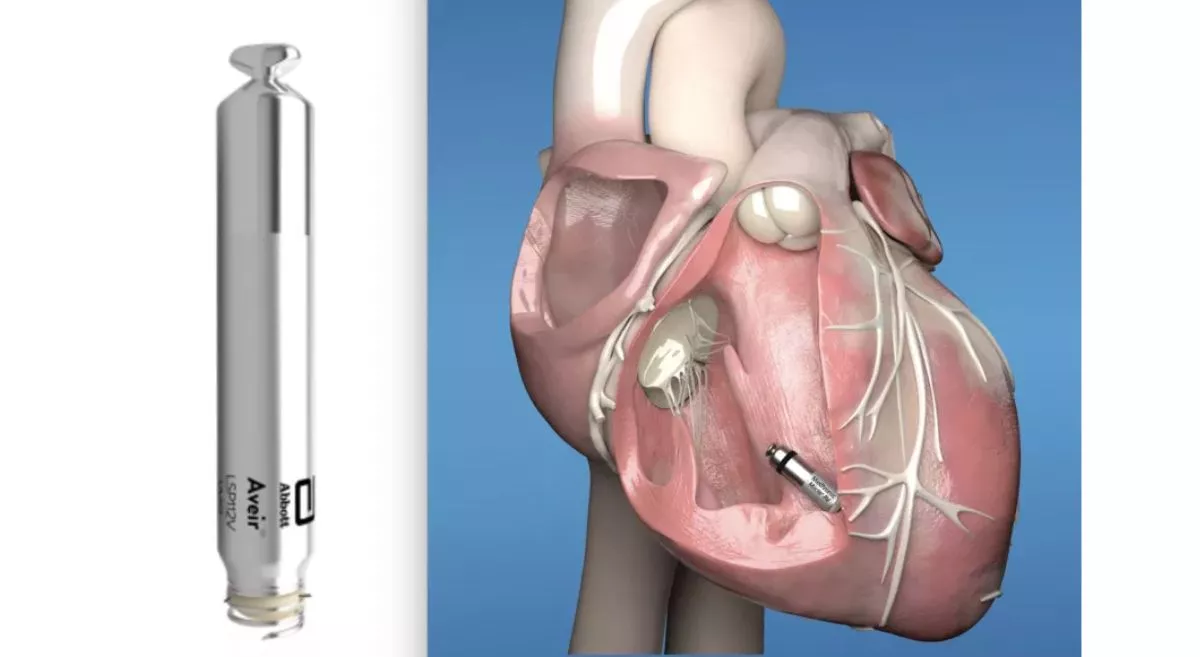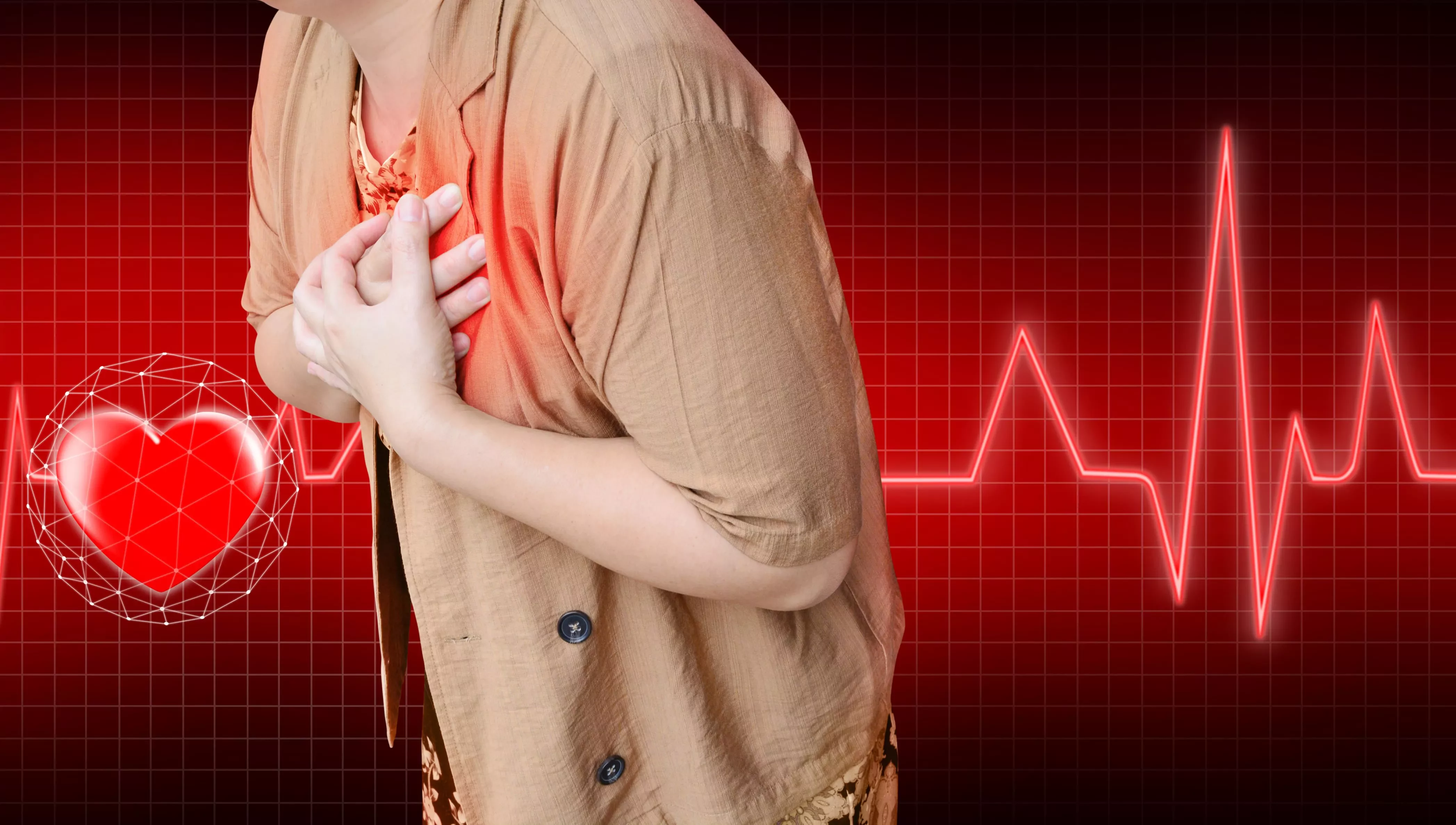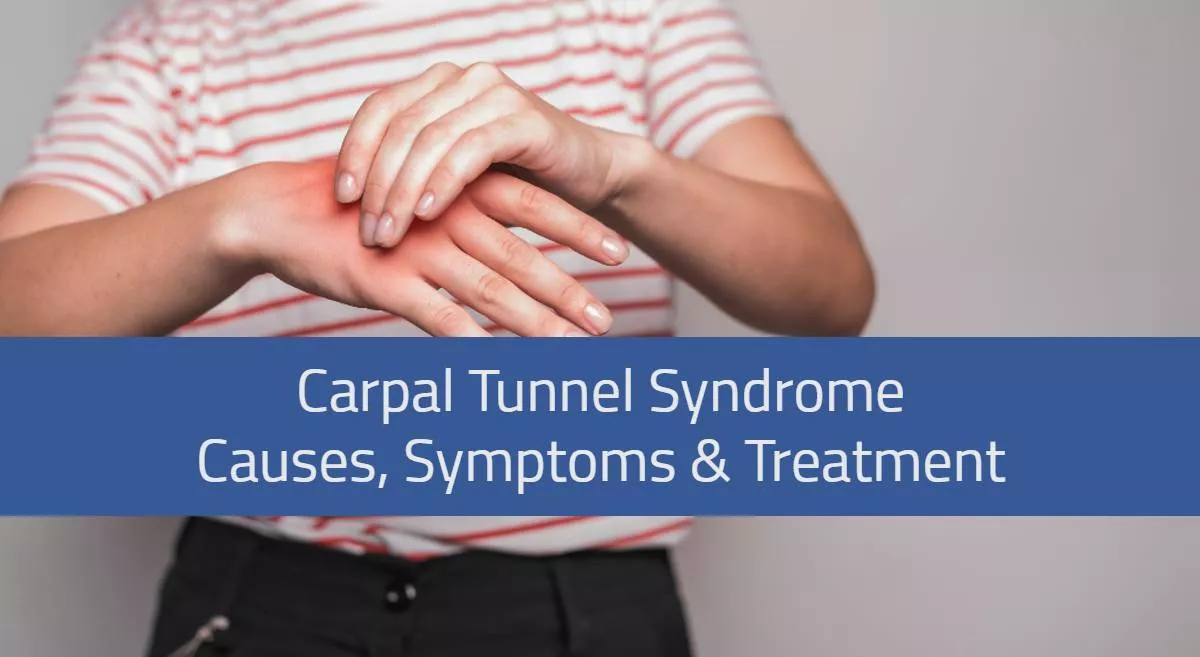The human heart is a remarkable organ with a complex electrical system that coordinates its rhythm and beats. However, sometimes this electrical system can become disrupted, leading to abnormal heart rhythms known as cardiac arrhythmias. These abnormalities can range from harmless and temporary to potentially life-threatening conditions. In this blog, we will dive into the world of cardiac arrhythmias, exploring the different types, their associated symptoms, and the available treatment options. If you are in Bangalore and worried about these conditions, visiting a cardiology hospital in Bangalore can help you get an accurate diagnosis and timely care.
Types of Cardiac Arrhythmias:
1. Atrial Fibrillation (AFib):
AFib is one of the most common types of cardiac arrhythmia. It occurs when the upper chambers of the heart, known as the atria, fibrillate or quiver instead of contracting effectively. AFib can be persistent or intermittent and is associated with symptoms like palpitations, shortness of breath, fatigue, and dizziness.
2. Ventricular Fibrillation (VFib):
VFib is a life-threatening arrhythmia that occurs in the ventricles, the heart's lower chambers. During VFib, irregular and chaotic electrical signals cause the heart to quiver, preventing it from pumping blood effectively. VFib requires immediate medical attention and can lead to cardiac arrest if not treated promptly — this is why having access to a reliable heart hospital in Bangalore is essential.
3. Supraventricular Tachycardia (SVT):
A fast heartbeat that starts above the ventricles is referred to as SVT. This can include conditions like atrial tachycardia, atrioventricular nodal reentrant tachycardia (AVNRT), and atrioventricular reentrant tachycardia (AVRT). Symptoms may include a racing heart, palpitations, lightheadedness, and shortness of breath.
4. Bradycardia:
Bradycardia is characterized by a slower than normal heart rate, usually below 60 beats per minute. It may be asymptomatic for some individuals, while others may experience dizziness, fatigue, fainting, or shortness of breath.
5. Premature Ventricular Contractions (PVCs):
PVCs are additional, irregular heartbeats that start in the ventricles. They can cause palpitations or a fluttering sensation in the chest, but often don't require treatment unless they occur frequently.
Symptoms and Complications:
The symptoms experienced with cardiac arrhythmias can vary based on the type and severity of the condition. Common symptoms include:
- Palpitations: Feeling a rapid, fluttering, or skipping heartbeat.
- Fatigue: Unexplained tiredness or lack of energy.
- Shortness of breath: Difficulty breathing, especially during physical activity.
- Dizziness or lightheadedness: Feeling faint or lightheaded.
- Chest pain or discomfort: Ranging from mild to severe, may mimic a heart attack.
If left untreated, cardiac arrhythmias can lead to serious complications, including blood clots, stroke, heart failure, or sudden cardiac arrest.
Treatment Options:
The choice of treatment for cardiac arrhythmias depends on various factors, including the type and severity of the arrhythmia, the presence of underlying heart disease, and individual patient characteristics. Here are some common treatment options:
1. Medications:
Antiarrhythmic drugs can help control abnormal heart rhythms and prevent recurrences. Beta-blockers, calcium channel blockers, and sodium channel blockers are commonly prescribed medications for different types of arrhythmias.
2. Electrical Cardioversion:
This procedure involves delivering a controlled electric shock to the heart to restore normal rhythm. It is often used for conditions like AFib and certain types of SVT.
3. Catheter Ablation:
During an ablation procedure, a thin, flexible tube is inserted into the heart to destroy or ablate the abnormal tissue causing the arrhythmia. This technique can be effective in treating certain types of arrhythmias, including SVT and AFib.
4. Pacemakers and Implantable Cardioverter-Defibrillators (ICDs):
Pacemakers are small devices implanted in the chest or abdomen and connected to the heart to regulate its rhythm. ICDs, on the other hand, are similar devices that not only monitor the heart's rhythm but also deliver electrical shocks to restore normal rhythm in case of life-threatening arrhythmias.
5. Lifestyle Modifications:
In many cases, making certain lifestyle changes can help manage and prevent arrhythmias. These include avoiding stimulants like caffeine and nicotine, managing stress levels, maintaining a healthy weight, and exercising regularly under medical guidance.
Conclusion:
Understanding cardiac arrhythmias is crucial for early detection, prompt diagnosis, and appropriate treatment. By recognizing the different types of arrhythmias, being aware of the associated symptoms, and understanding the available treatment options, individuals can take control of their heart health. If you experience any persistent or concerning symptoms, it is best to consult a healthcare professional. Finding an experienced cardiologist in Bangalore can ensure you receive a proper evaluation and a personalized treatment plan to manage your cardiac arrhythmia effectively.


